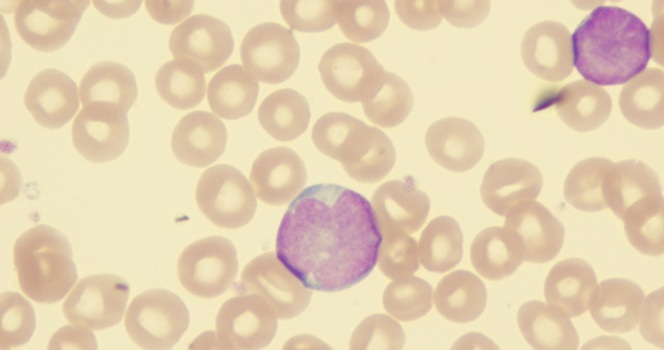New Marker for Alzheimer's Disease Found
By LabMedica International staff writers
Posted on 02 Oct 2009
Swedish researchers have discovered a previously unknown substance in cerebral spinal fluid that can be used to diagnose Alzheimer's disease (AD). This discovery will also be useful into research on new medications.Posted on 02 Oct 2009
The substance is a beta-amyloid protein called Abeta16. The study's findings, described in a thesis from the Sahlgrenska Academy at the University of Gothenburg (Sweden), demonstrated in two independent studies that Alzheimer's patients have higher levels of the protein in their spinal fluid than do healthy individuals. "The discovery of the new protein could be used to diagnose patients with Alzheimer's and also help determine which medications are most effective for the disease," according to biochemist Dr. Erik Portelius, the author of the thesis.
AD includes the formation of plaque on the brain. Neurons and other cell types form approximately 20 different beta-amyloid proteins, and these are excreted into the spinal fluid around the brain. "These types of beta-amyloid proteins can be analyzed with great precision, and our research team has also shown that the analyses can be used to distinguish between Alzheimer's patients and healthy individuals with a high degree of accuracy,” stated Dr. Portelius.
The beta-amyloid protein Abeta42 is particularly prevalent in the plaque. Abeta42 is created when a larger protein is cut into pieces by certain enzymes. The new AD drugs, which are currently being tested, aim to reduce the production of Abeta42 by blocking these enzymes. Dr. Portelius found that these drugs increase the level of the newly discovered Abeta16. "Abeta42 and Abeta16 are formed from the same precursor molecule, but the enzymatic process is different and Abeta16 is not harmful. The finding that Abeta16 is a very sensitive biomarker for the effect of these drugs may become very useful in future treatment studies," he noted.
The research was conducted in the proteomics lab at the neurochemistry unit in Mölndal, Sweden.
Related Links:
Sahlgrenska Academy at the University of Gothenburg














